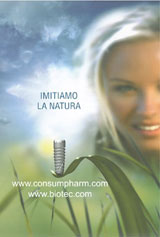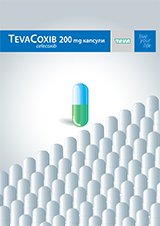Biotechnological Equipment
Advanced search
Article
Biotechnology & Biotechnological Equipment 18 (2), 52 - 57 (2004)
Effects of genotype and concentrations of dicamba on callus induction and plant regeneration from young inflorescences of perennial ryegrass (Lolium perenne L.)
E. Can1, N. Celiktas1, R. Hatipoglu2, S. Yilmaz1, S. Avci1
- Mustafa Kemal University, Faculty of Agric., Dept. of Field Crops 31034 Hatay, Turkey
- Cukurova University, Faculty of Agric., Dept. of Field Crops 01330 Adana, Turkey
Abstract
The result of the study showed that callus induction rate, callus weight per petri dish and plant regeneration from the young inflorescences were significantly affected by the genotypes. Depending on the genotypes, callus induction rate, callus weight mg/petri dish and number of regenerates per inflorescence segment varied from 20.3 %-67.2 %, 54.4-118.1, 0.797-2.719 respectively.
Callus and shoot induction rates, callus weight and regeneration rate were also significantly influenced by the dicamba concentrations. The segments cultured on the LS medium containing 5 mg-l of dicamba gave the highest values of callus induction rate (77.1 %), shoot induction rate (66.6 %), callus weight (168.2 mg/petri dish) and regeneration rate (3.458 regenerates per segment).


